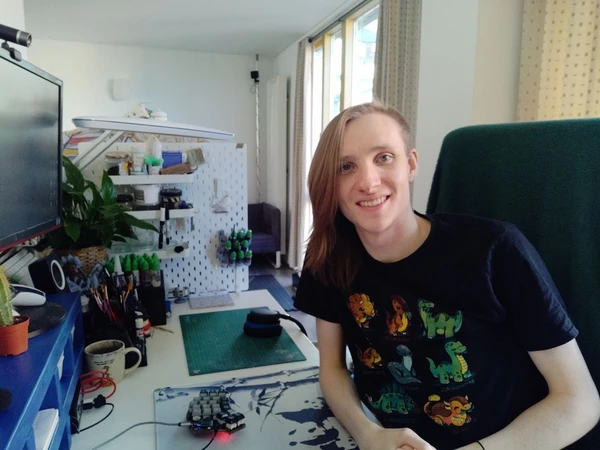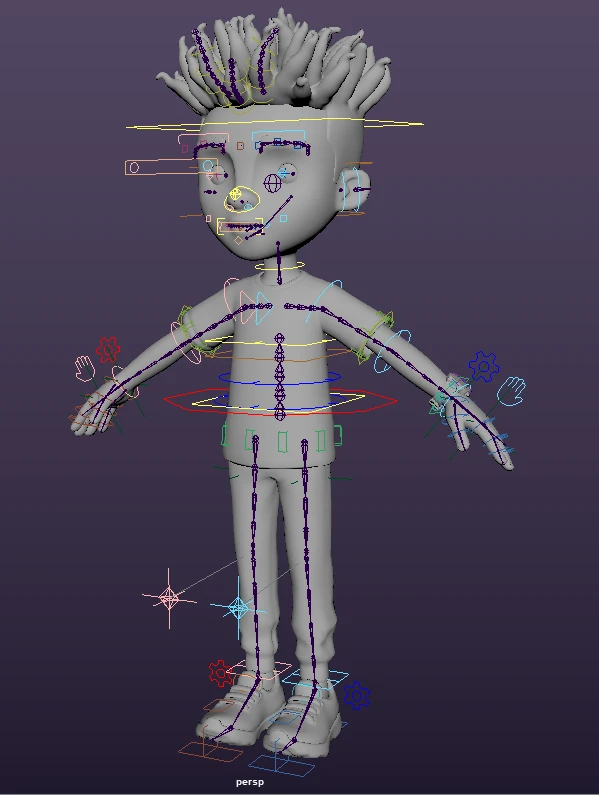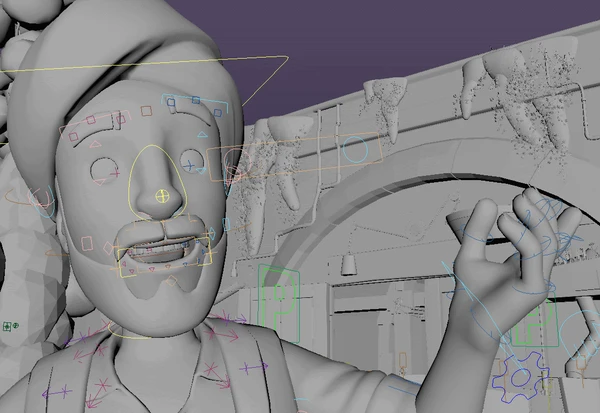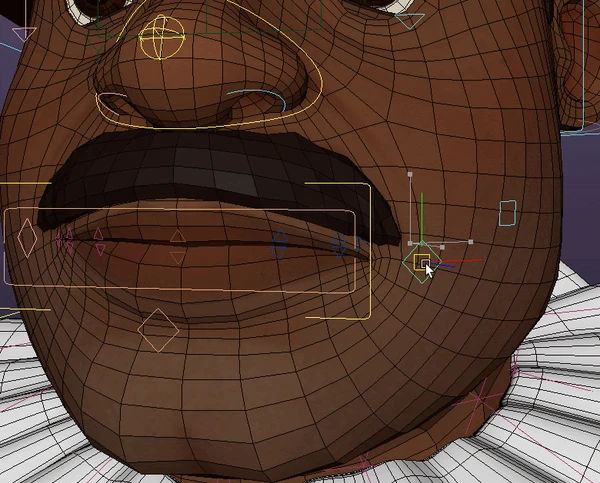

Job Spotlight - Rigger

This next instalment in our Job Spotlight series is on BZ Mid Rigger, Matt Jenkins. Read on to find out more about Matt and and for an insight into his role and day-to-day work, as well as his advice for anyone looking at a career in rigging!

Tell us a bit about yourself…
I was accepted to Blue Zoo’s internship programme during the summer between my second and third years at university, then once I’d graduated Blue Zoo welcomed me back into a rigging position. I’ve now been at Blue Zoo for about 3.5 years, and have worked on quite a few of the productions since I started - everything from Go Jetters and Numberblocks, to The Adventures of Paddington and our exciting new project, Big Tree City.

What made you want to go into rigging?
I actually became interested in the CG industry by watching an episode of 'The Gadget Show'. There was an episode where they were challenged with creating a movie trailer; one had to use commercially available gadgets & software, the other got to work with professionals. Getting to see the behind the scenes of the professional team got me really inspired and I started paying attention to potential career options.
I also noticed that the use of Autodesk Maya was common amongst the development of a lot of my favourite video games, so I decided to download the trial and give it a go - I wasn’t very successful the first time around! When it came to applying for sixth forms & colleges, I figured I should probably give it another go and actually find some YouTube tutorials to help me learn how to use it so I would be able to get into the courses I wanted to enrol on. I went on to do a Games Development course at college, then went to Hertfordshire University to do the Animation course (although I switched to the VFX course after the first year, as that one focussed on the more technical side of things). It wasn't until we did a group project where I opted to do the group's rigging (since I was the only one with previous experience) that I discovered that out of everything I had been studying, rigging was the most enjoyable. Throughout the rest of uni I specialised and focussed on my rigging, making it my main priority.

What does a typical day look like for you?
Some days I'll be working mainly on props, environments or vehicles - depending on the complexity, each asset could take anywhere from an hour to an entire day. Other days I'll work on characters, and these typically take much longer. For ease, we separate our character builds into bodies & faces; usually we’ll work on the whole character ourselves, but occasionally I'll pick up a character that has another rigger working on the other part simultaneously.
Another big part of my day-to-day role is updating & making changes to already rigged assets. Sometimes a model gets updated with new bits to be rigged, other times animators need something specific to achieve a particular movement or pose.
What are the best bits of your job?
One of the things that makes rigging at Blue Zoo so enjoyable for me is the freedom we’re all afforded when it comes to creating or adjusting our assets and resource libraries. We can get our hands dirty rather than waiting on another department to make those changes for us. Some of my most enjoyable work has been adding new functionality to our back end systems! We use a software called ‘Git’ to help us manage this library & ensure that we aren't overriding each other's work, as well as keeping a detailed log of what changes have been made, when they were made & who by, we utilise 'Git'.
What software do you work with in rigging?
I mostly use Python in Vim, as well as in Maya for all the 3D viewport elements. For those not familiar with Vim, it's a powerful text editor that takes full advantage of the keyboard to navigate & edit code without having to rely on the mouse much, it’s by no means essential though (any text editor can edit Python perfectly fine). The workflow we use for rigging at Blue Zoo is a non-destructive & data-centric process; we store various bits of data separately and each time the asset's Python build is run, it brings in each of these elements in a particular order & constructs the rigging systems necessary for the asset. The systems we use the most have been built up into a framework library so that we don't have to spend hours recreating existing work, but some are written specifically for an asset.
When working on characters I often find myself spending more time in Maya as opposed to coding in python, while the opposite is usually true for props. This is because characters require much more artistic input that can't really be achieved through coding alone; elements such as blendshapes are extremely important for us to add in Maya's viewport so that the animators have the freedom to reach extreme facial expressions.

What advice would you give to someone who would like to be a rigger?
I would say start out familiarising yourself with the 3D software you're using - be it Maya, Blender or something else. Knowing more about how the software works under the hood never hurts! It's surprising how often the tools in Maya can be utilised for something completely unrelated to their original intent - just look at using a follicle node as a rivet, for example. I'd also definitely recommend taking the time to learn Python if you’re using Maya or whatever coding language your 3D software uses. It’s not necessarily essential to rigging, but it definitely helps automate things and speed up your workflow. Not to mention Git if you’re setting up & maintaining a large project.
Overall, don't be afraid to experiment & try new techniques or methods, make a backup, then go ham. Worst case scenario, you can just reload the save.
If you’re interested in a career in rigging here at Blue Zoo, you can keep up-to-date with our current vacancies by following our Careers page on Twitter or checking out our Careers website!

